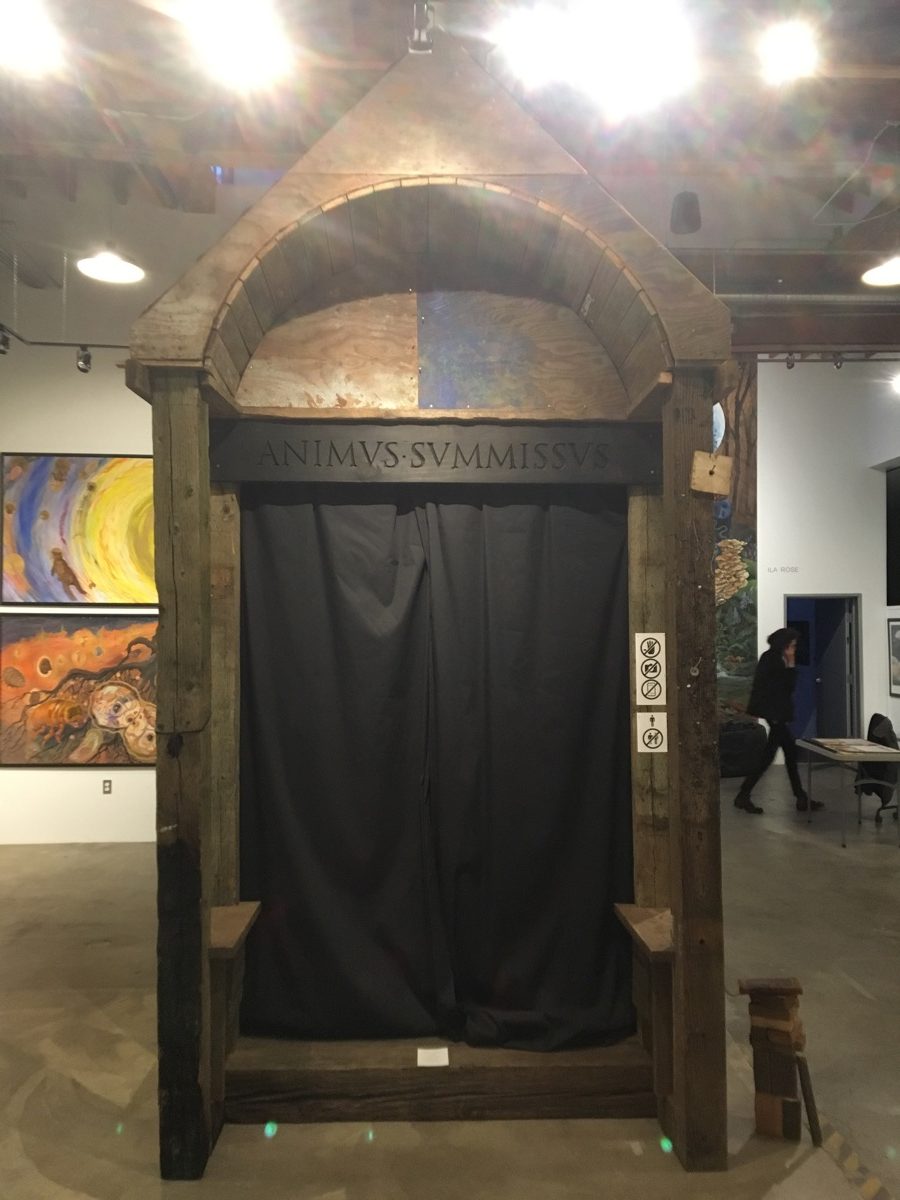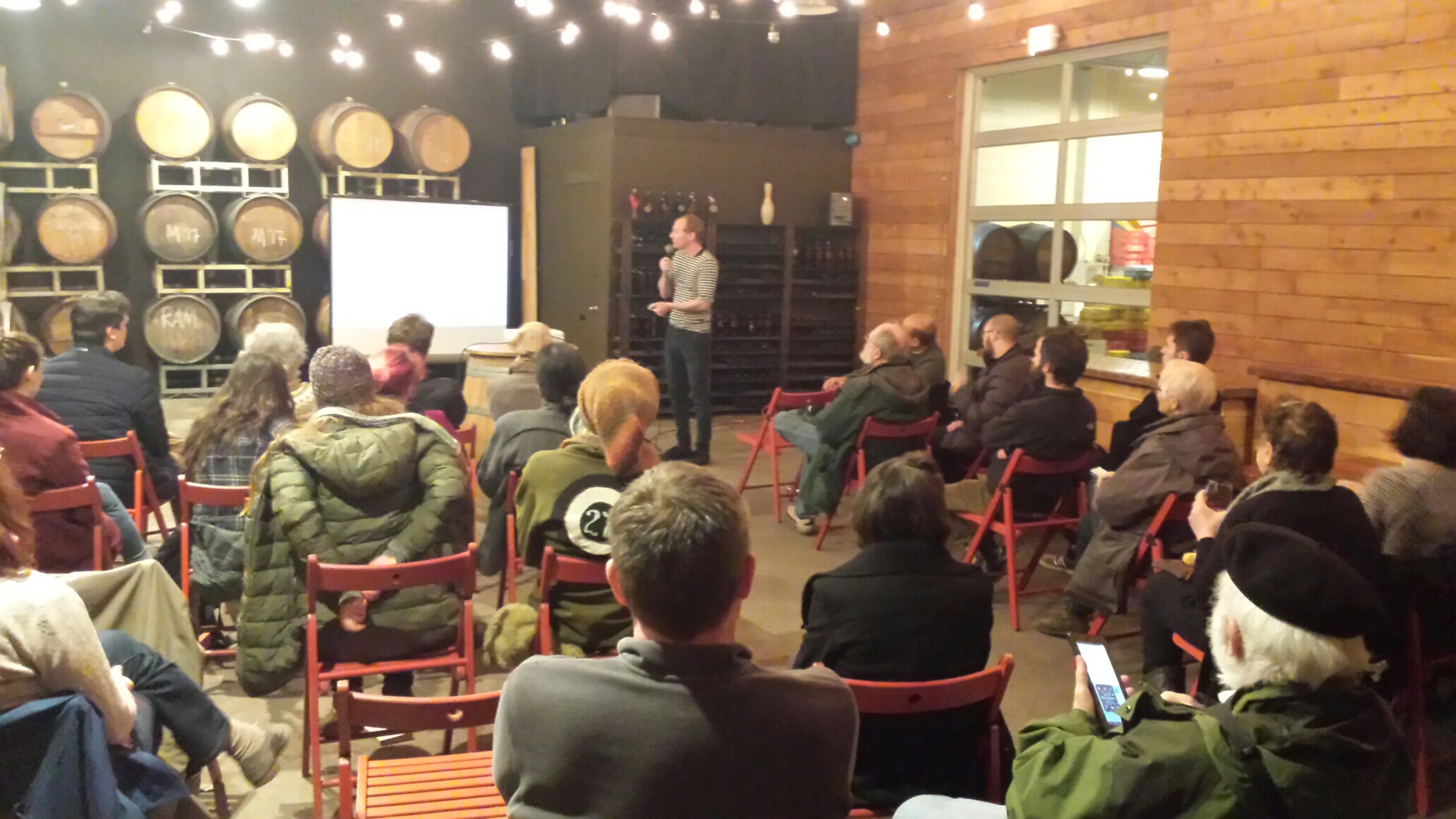Tag: psychology
Audio Tour: RETOUR (version française)
Audio Tour: RETOUR
My best work…?
Audio Tour: Souvenir

As close to a “manifesto” as I’m ever likely to produce…. https://sehnsuchtgarden.bandcamp.com/album/souvenir
ANIMVS SVMMISSVS
Architecture and Construction by Sapata Fofana-Dura and Santigie Fofana-Dura; electronics by George Lee, Zeal Mayfield, and me; concept and painting by me. Composed of about 1200 bricks cut from wood salvaged from multiple sources, including a from house fire, The Shrine of Humility was made to exist for only three months of 2019, and is now no more. The unsuspecting, possibly reluctant supplicant would enter the shrine alone and be cast into darkness, enduring this for some time, when at last they are granted a vision.
The relevance of any undertaking can only ever be proportional to its purposiveness.
The Shrine of Humility, or ANIMVS·SVMMISSVS is a reaction to the affronts to consciousness and dignity we face in a world of ever greater depersonalization and isolation. Technology has allowed us to consume more than what we could ever hope to actually assimilate, more than what our own native sensorial metabolic rate can sustain, whether speaking about the merely material, or sensation, or thoughts and ideas. It’s expected that we will consume many hundreds of images and impressions in any single minute of any day, a single image only commanding perhaps at most some few seconds of direct attention. In this way, impressions and thoughts remain only the constituent parts of unformed ideas, and may then never go on to ever being anything more than assumptions which cannot be consciously attended to, where no inquiry is possible. This sort of overloading of the faculties induces a psychological state of passivity, somnambulance, confusion, and purposelessness. Life is thus proportionally less lived.
What if we were to have an image which is only seen by one observer, in a liminal space, for longer than a few seconds, yet perhaps only for as long as any reasonable directed attention might last, knowing that the image is not extant elsewhere in any form and that sharing the experience is not possible. Neither artist nor viewers are looking for “followers” because there is no association of images to be had. And the image may only ever be experienced once. The purpose of this exercise is to remind us that this is in fact always the nature of any experience: an image that can be seen by only one observer does not possess an objective reality— objective experiences are the varying attempts to share what is ineffable, observed as a functional state by any present consciousness. Only you know for sure what you have seen, and of course even that is impossible.
Take back your Subjective Truth because it is the only Truth. Here is a humble shrine where we hope you may find a moment of illumination and awakening.
For further elaboration on these ideas and how this relates to the message of the Encyclical theme, please see the accompanying project monograph.
Philosophy, Aesthetics, and Draftsmanship
https://www.meetup.com/Portland-Free-Classes-and-Lectures/events/247194988/
http://peoplescolloquium.org/philosophy-aesthetics-and-draftsmanship-syllabus/












